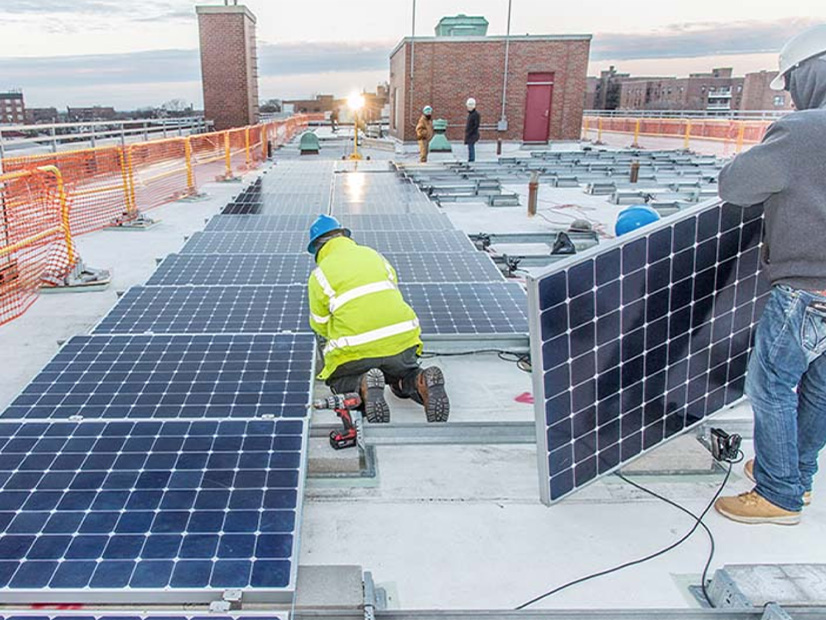
NYISO on Monday filed a request with FERC for a 90-day extension of the Aug. 16 compliance deadline for Order 2222 and a separate request for clarification or rehearing regarding the order’s requirements for operating reserves (ER21-2460).
In response to NYISO’s original compliance filing, the commission June 17 directed the ISO to make more than 30 tariff revisions related to utility opt-in provisions and interconnection procedures, and to propose an effective date in the fourth quarter. (See FERC Partially Accepts NYISO Order 2222 Compliance.) Issued in September 2020, Order 2222 directed all commission-jurisdictional RTOs and ISOs to revise their tariffs to allow participation of distributed energy resource aggregations in their markets.
“Several of the required tariff modifications are extensive, require significant resources to develop and time to coordinate with the appropriate stakeholders,” the ISO said. It said it must work with New York’s distribution utilities to develop protocols that can be consistently applied by each utility, evaluate the burdens of the proposal against other options and work with stakeholders to resolve any outstanding concerns.
Extending the compliance filing deadline to Nov. 14 would result in rules that are fully compliant with Order 2222, the ISO said.
NYISO initially planned to implement its DER participation model, devised independently by the ISO in 2019, by the fourth quarter. But it “has faced several challenges in developing the databases, workflows and software automation necessary for DER implementation,” it told FERC. “The complexity of the software, combined with staffing resource limitations, has led to significant delays to the 2019 DER project, which impacts the NYISO’s ability to move forward with designing and developing the software necessary for compliance with Order No. 2222.”
Heterogenous Aggregations
NYISO also requested clarification or, in the alternative, rehearing of a specific directive in FERC’s June 17 order that addresses the provision of ancillary services by heterogenous DER aggregations — those consisting of different types of resources.
FERC had said that “so long as some of the DERs in the aggregation can satisfy the relevant requirements to provide certain ancillary services … we find that those DERs should be able to provide those ancillary services through aggregation.” It directed NYISO to file a proposed effective date “by which it will allow DERs in heterogeneous aggregations to provide all of the ancillary services that they are technically capable of providing through aggregation.”
NYISO argued that the directive would require it to incorporate the operation of individual DERs into its real-time commitment and dispatch solution in a manner that is inconsistent with the accepted parts of its DER market design.
That could also compromise reliability, as it would require the ISO’s “real-time commitment and real-time dispatch to solve a host of new constraints” and “could delay the timely posting of real-time dispatch instructions,” it argued.
NYISO said its accepted DER market design does not require it to consider the operational status of each individual DER; instead, it is the aggregator’s responsibility to dispatch its set of DER consistent with the composite offer it submits for the aggregation and the instructions the ISO issues to the aggregation.


